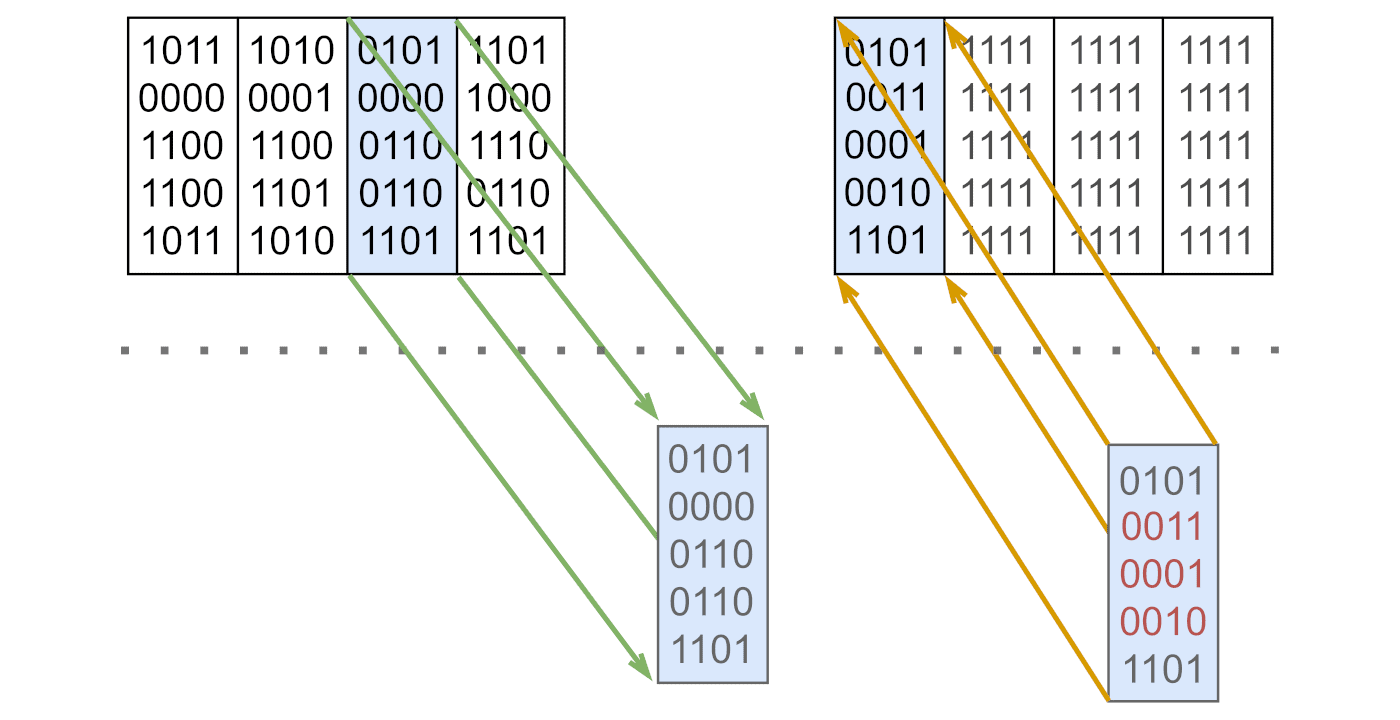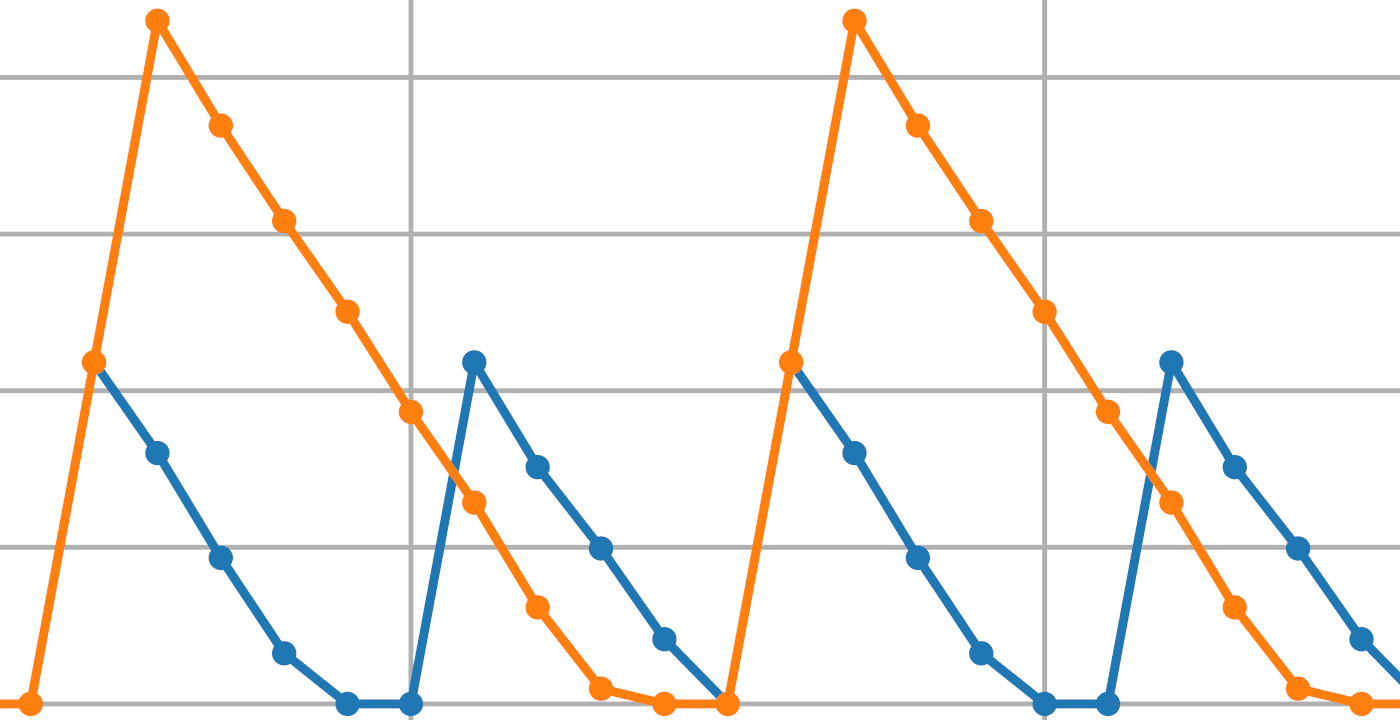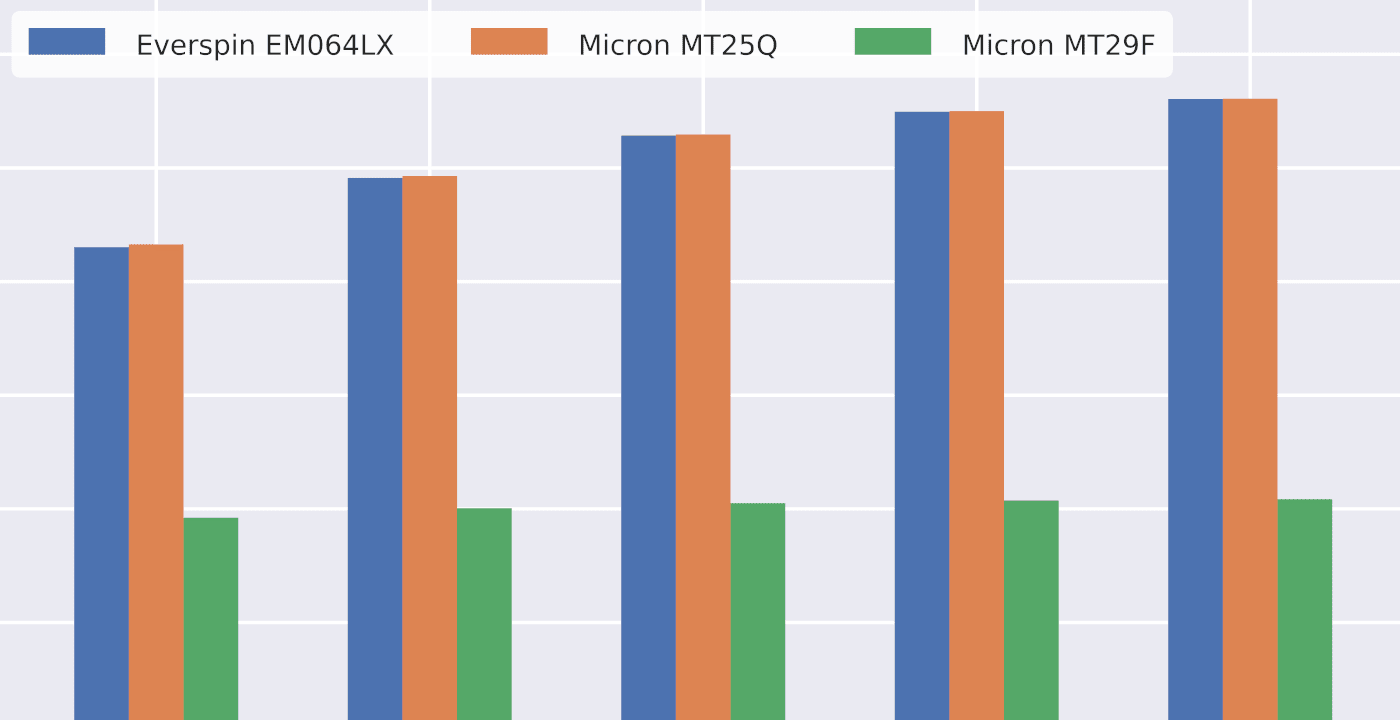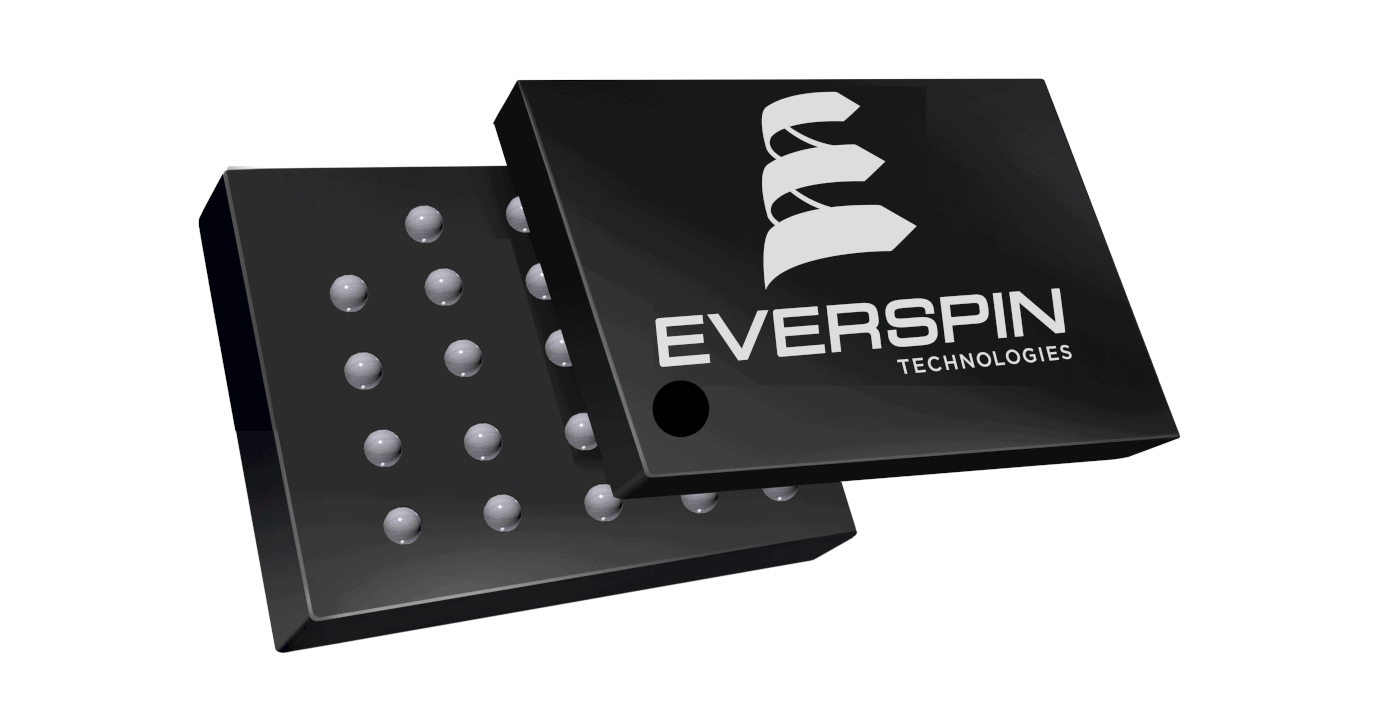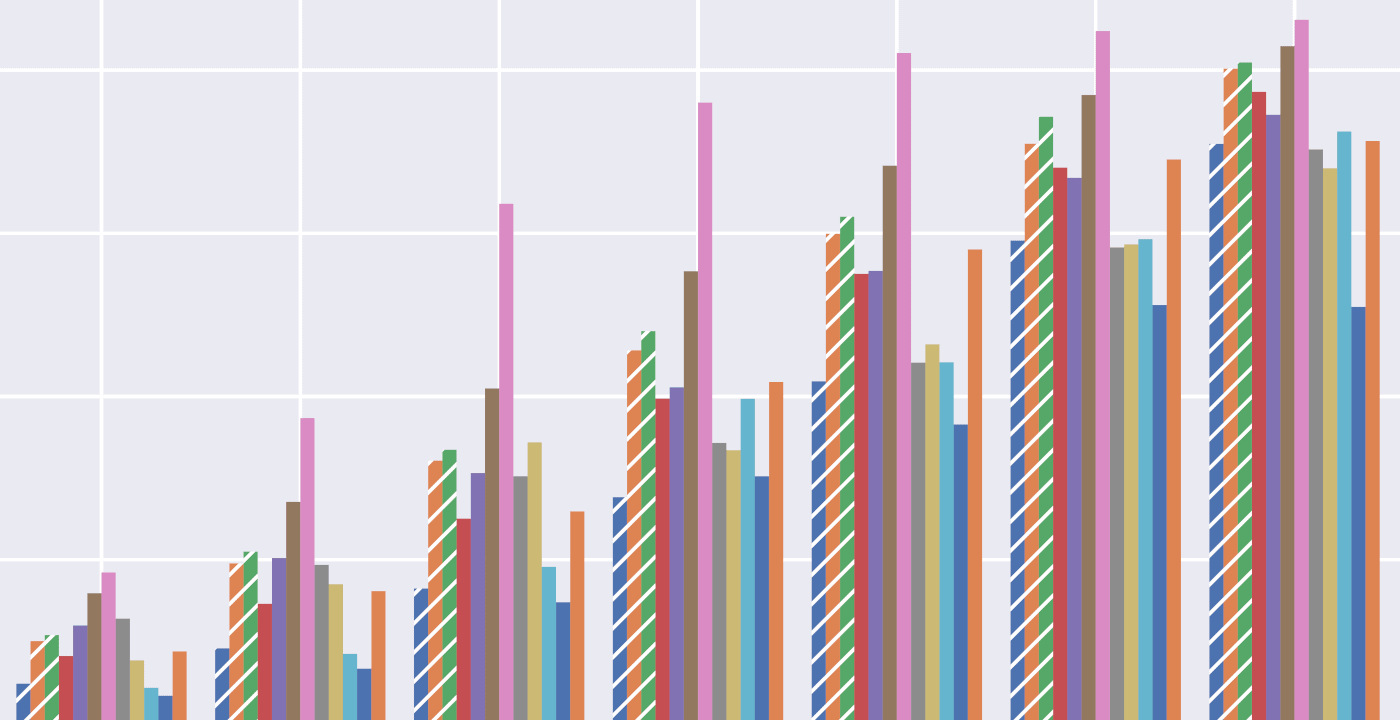
Why is FAT Slow on SD Card?
This article discusses the performance limitations of the FAT file system with a focus on SD Card. After a brief refresher on FAT fundamentals, we show how FAT predictably achieves high access performances in the absence of fragmentation, but how fragmentation can build up until performances suddenly collapse. We conclude with a few important recommendations about the use of the FAT file system on embedded flash memory.
